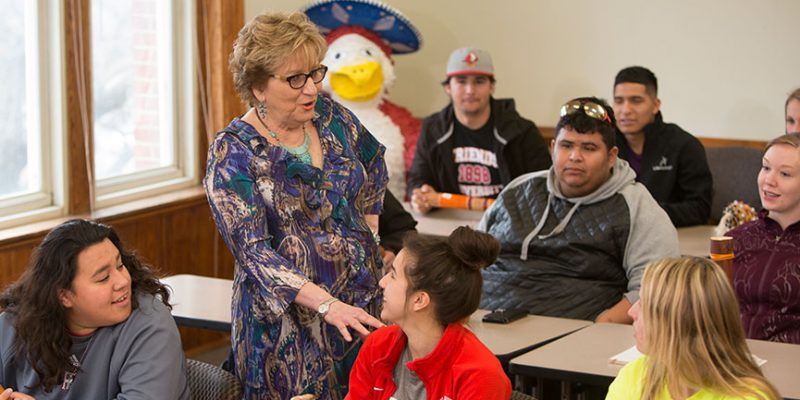Examining diverse cultures: Students will be able to investigate the diversity of human experience within the United States and abroad, considering, for example, age, culture, disability, ethnicity, gender, language, race, religion, sexual orientation, and social class, and appreciate the contributions of different social groups. Students will examine a variety of perspectives in the global community, distinguish their own cultural patterns, and respond flexibly to multiple worldviews.
CBASE: 3 Credit Hours Required (DANC 321, FINA 415, GNST 498, HIST 321, HIST 330, SPAL 353)
CAPS: 3 Credit Hours Required (IDST 301)
Learning Outcome 5-A (O5-A): Cultural Self‐ awareness – Recognizes new perspectives about own cultural rules and biases (e.g. not looking for sameness; comfortable with the complexities that new perspectives offer.)
Learning Outcome 5-B (O5-B): Selecting and using information to investigate a point of view or conclusion – Information is taken from source(s) with enough interpretation/ evaluation to develop a coherent analysis or synthesis.
Learning Outcome 5-C (O5-C): Diversity of Communities and Cultures – Reflects on how own attitudes and beliefs are different from those of other cultures and communities. Exhibits curiosity about what can be learned from diversity of communities and cultures.
Learning Outcome 5-D (O5-D): Knowledge of Cultural/ Worldview Frameworks – Demonstrates adequate understanding of the complexity of elements important to members of another culture in relation to its history, values, politics, communication styles, economy, or beliefs and practices.
Learning Outcome 5-E (O5-E): Empathy – Recognizes intellectual and emotional dimensions of more than one worldview and sometimes uses more than one worldview in interactions.
Learning Outcome 5-F (O5-F): Verbal and Nonverbal Communication – Recognizes and participates in cultural differences in verbal and nonverbal communication and begins to negotiate a shared understanding based on those differences.
